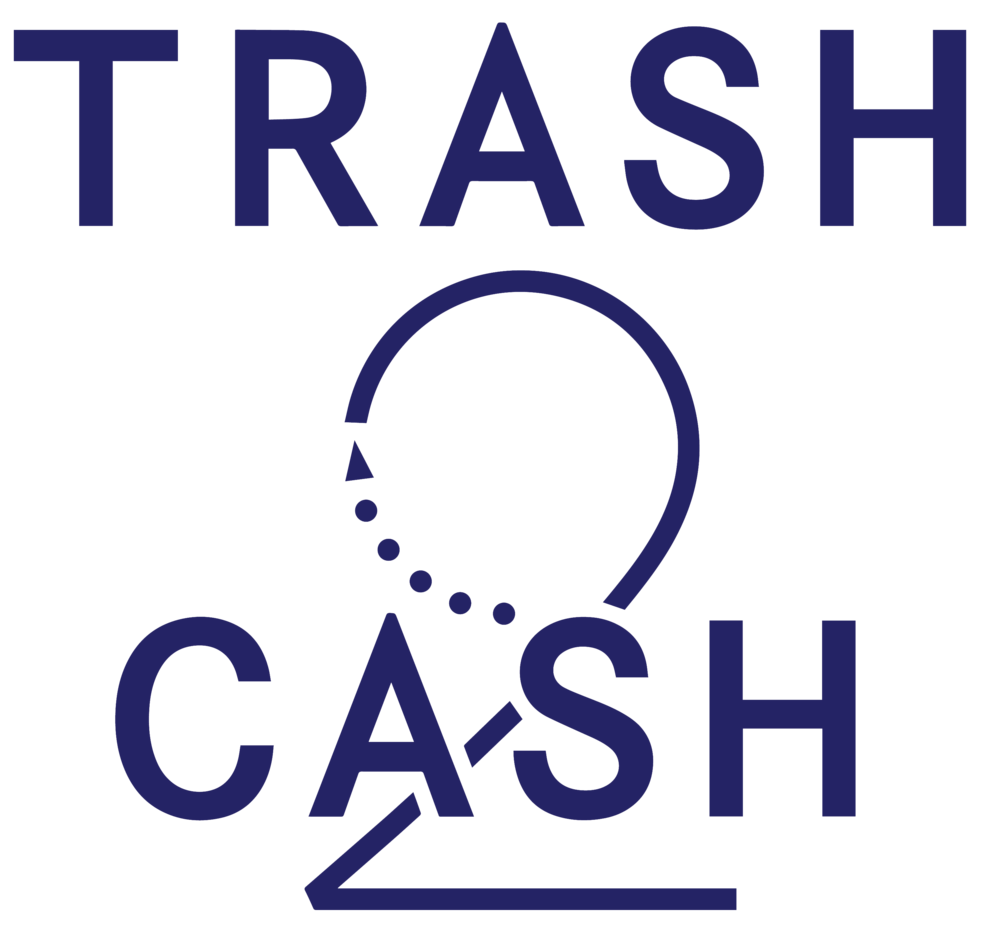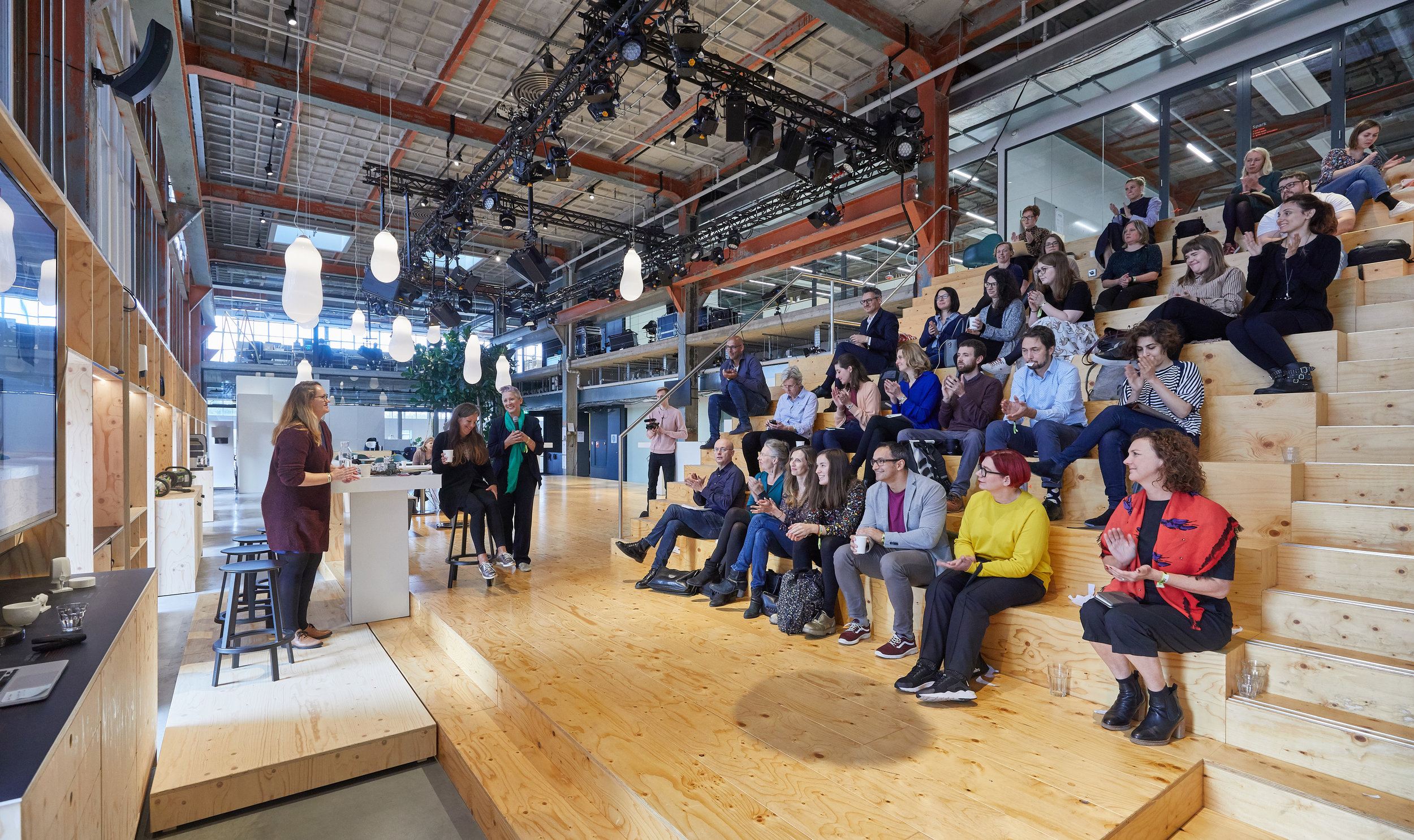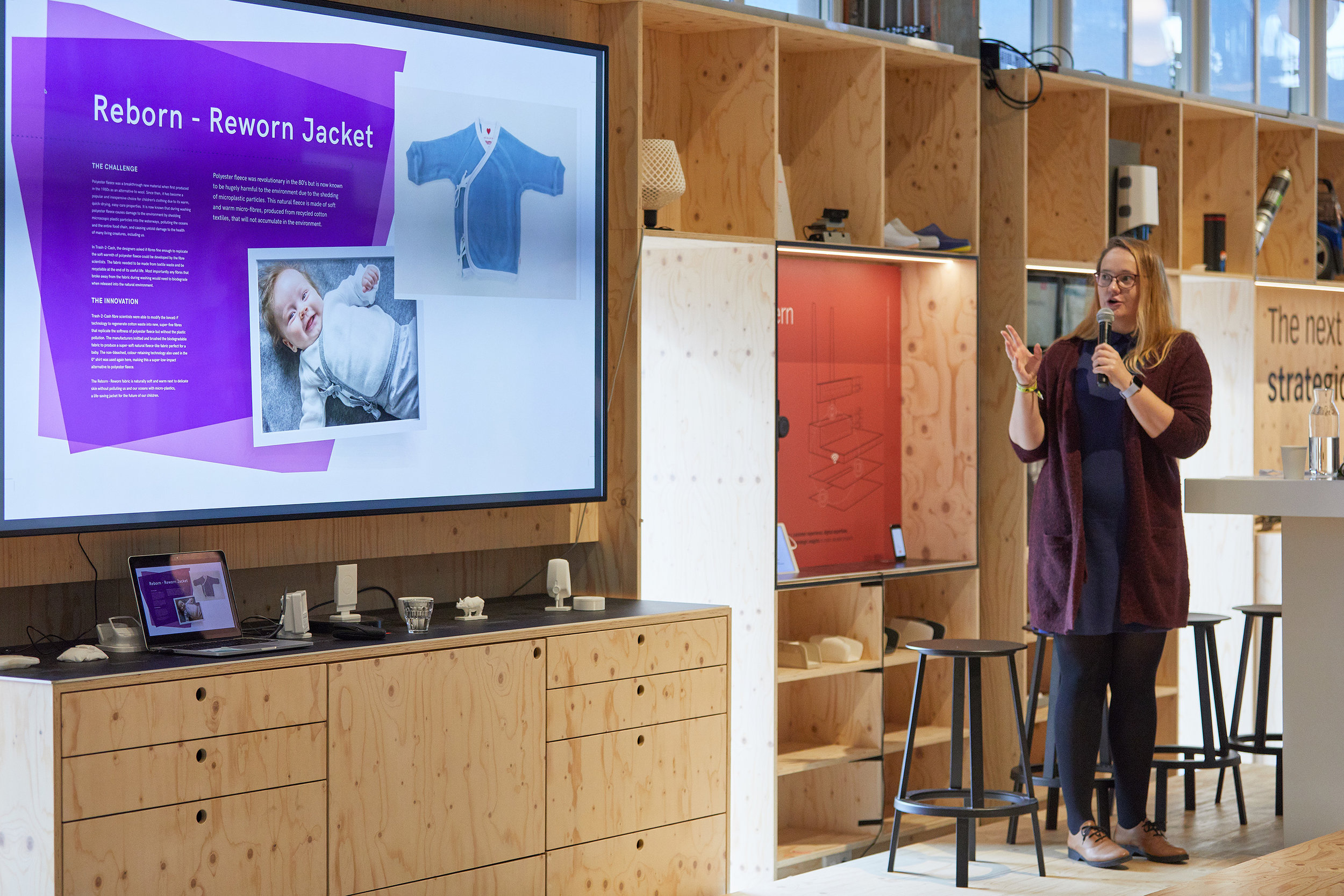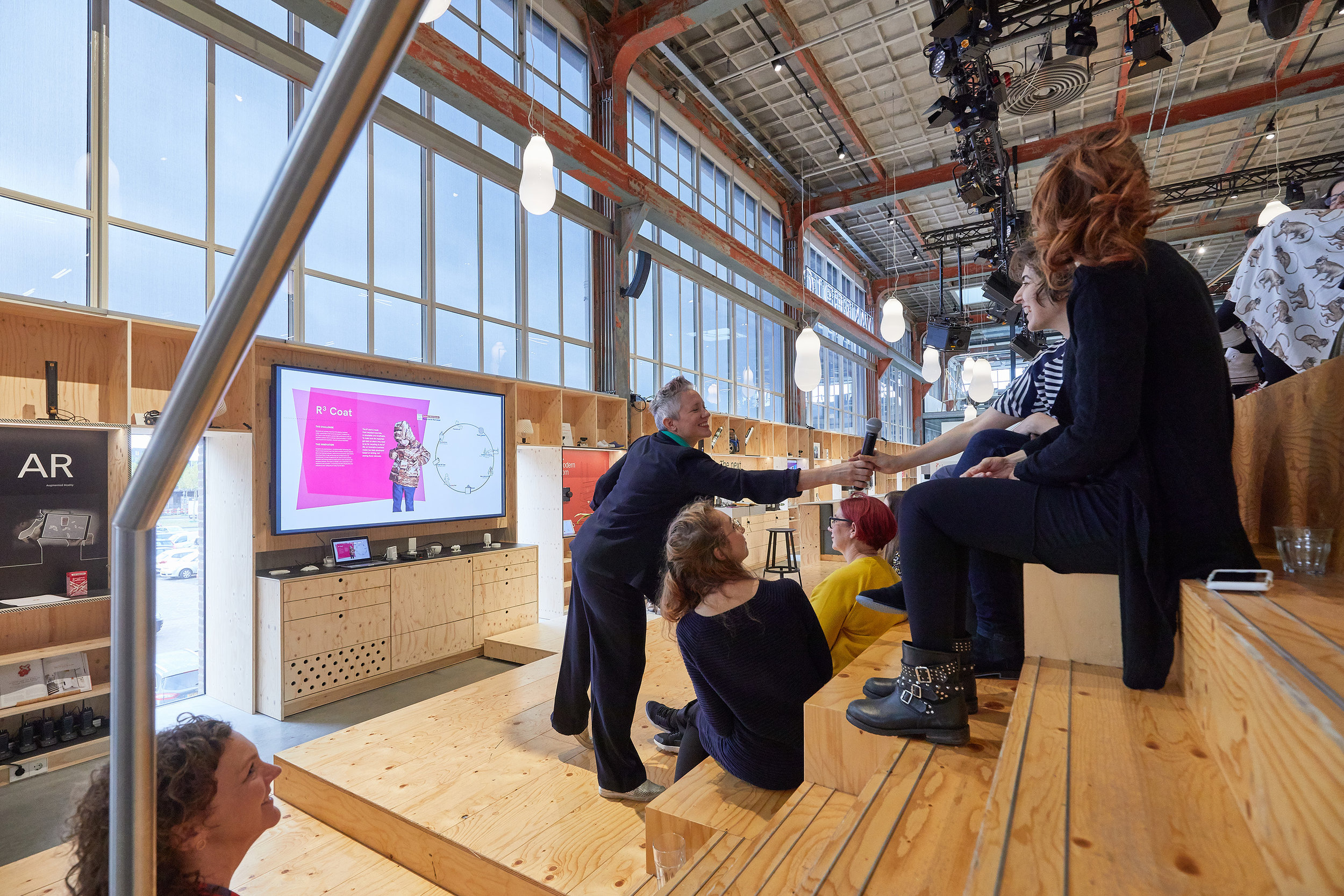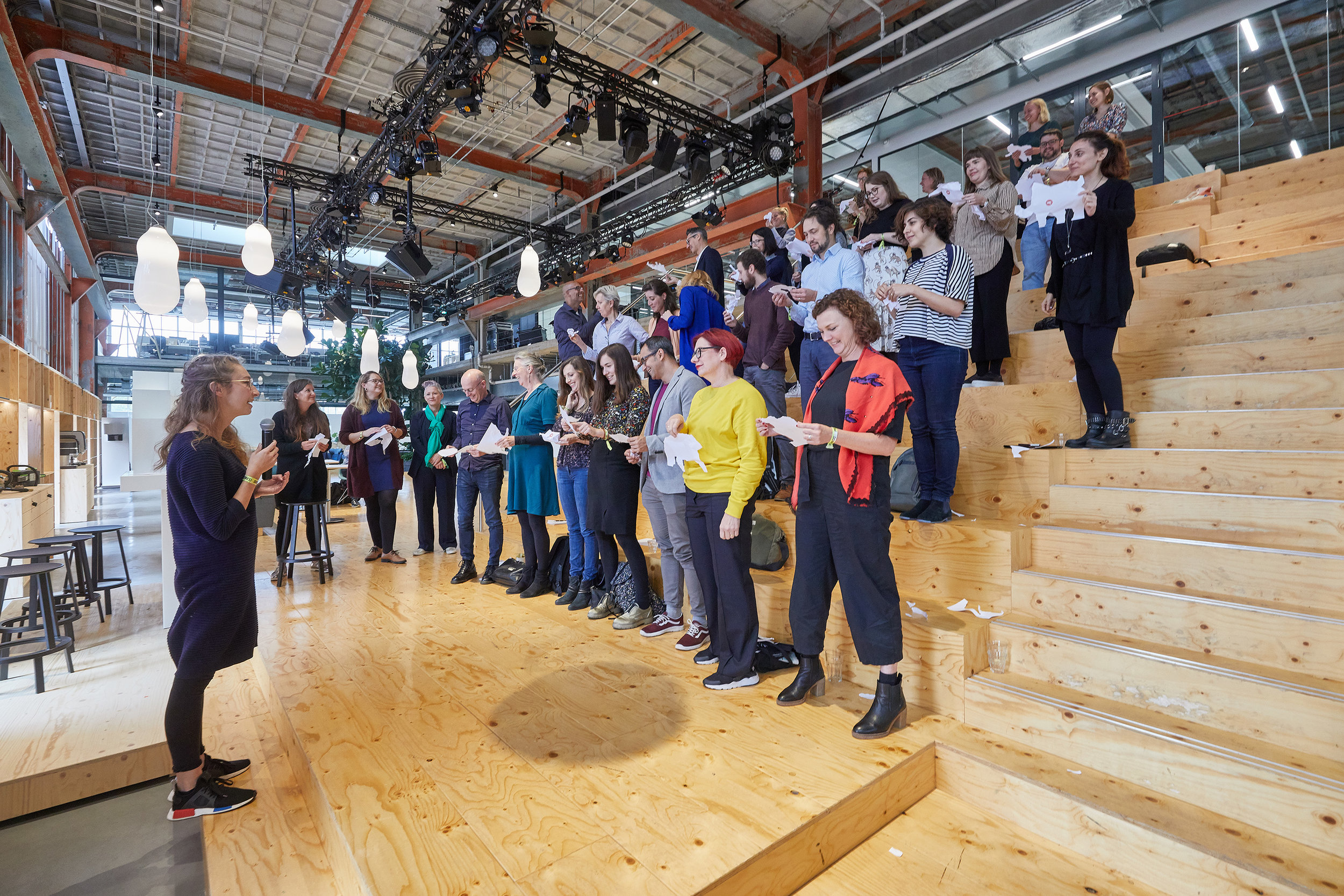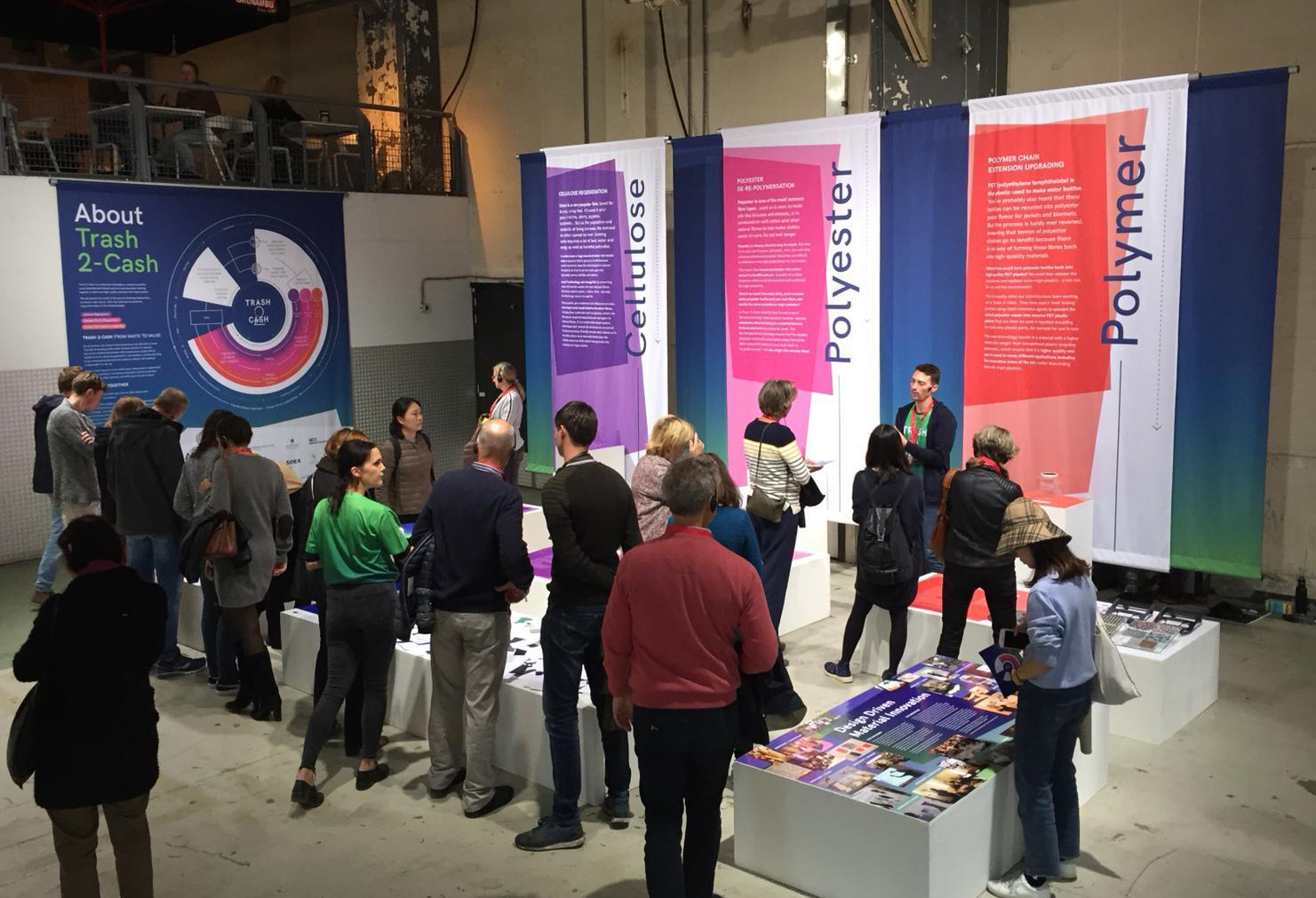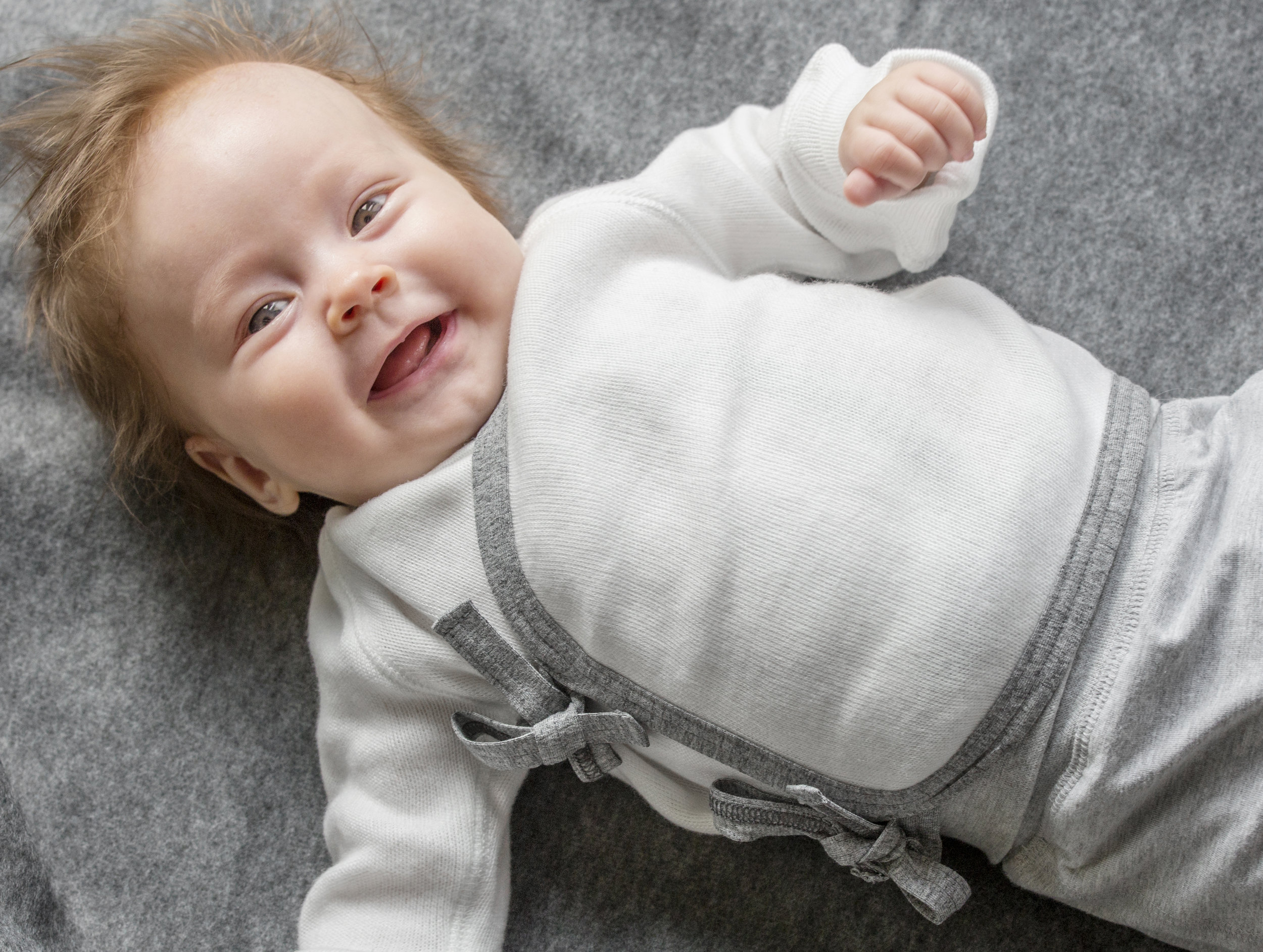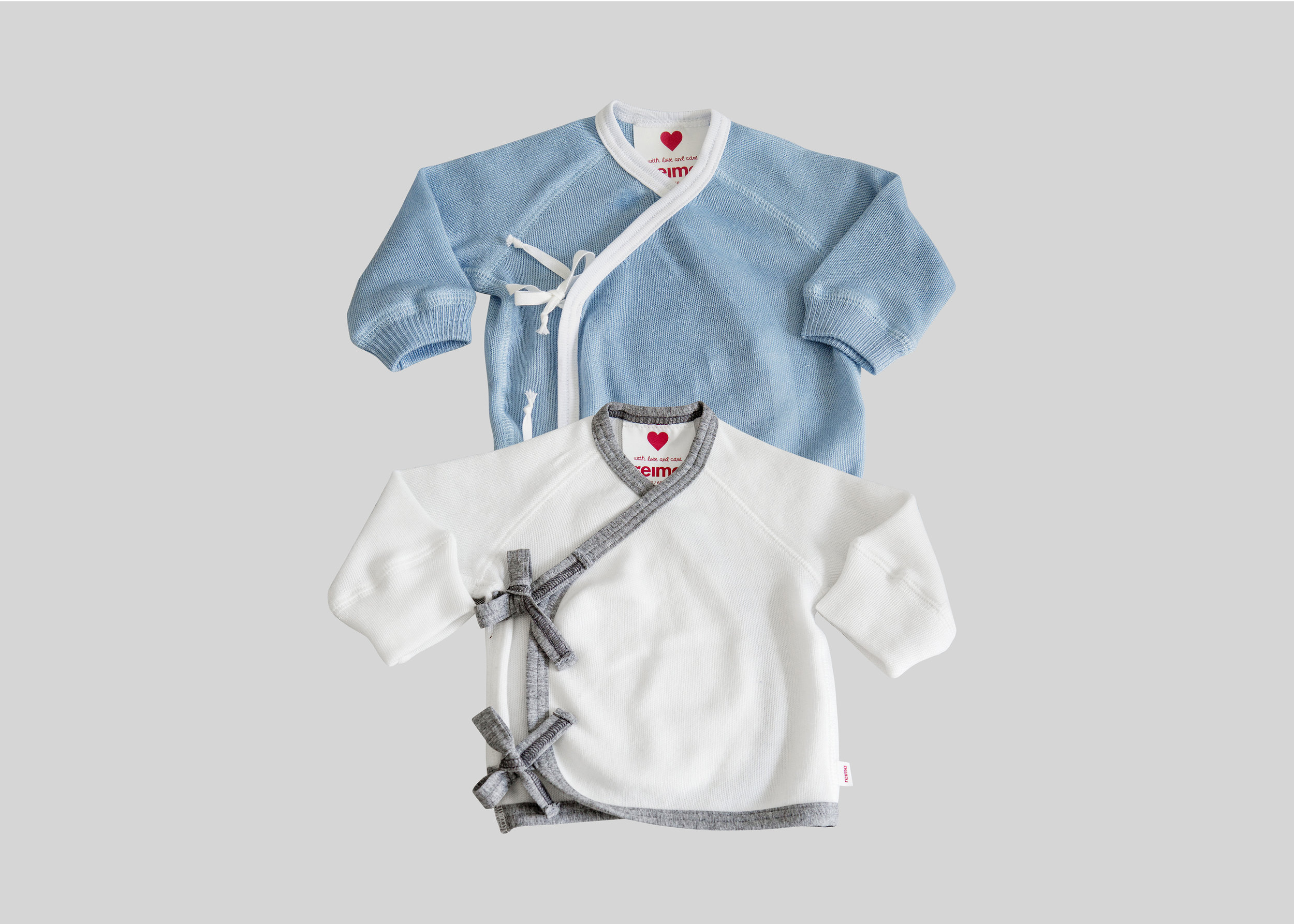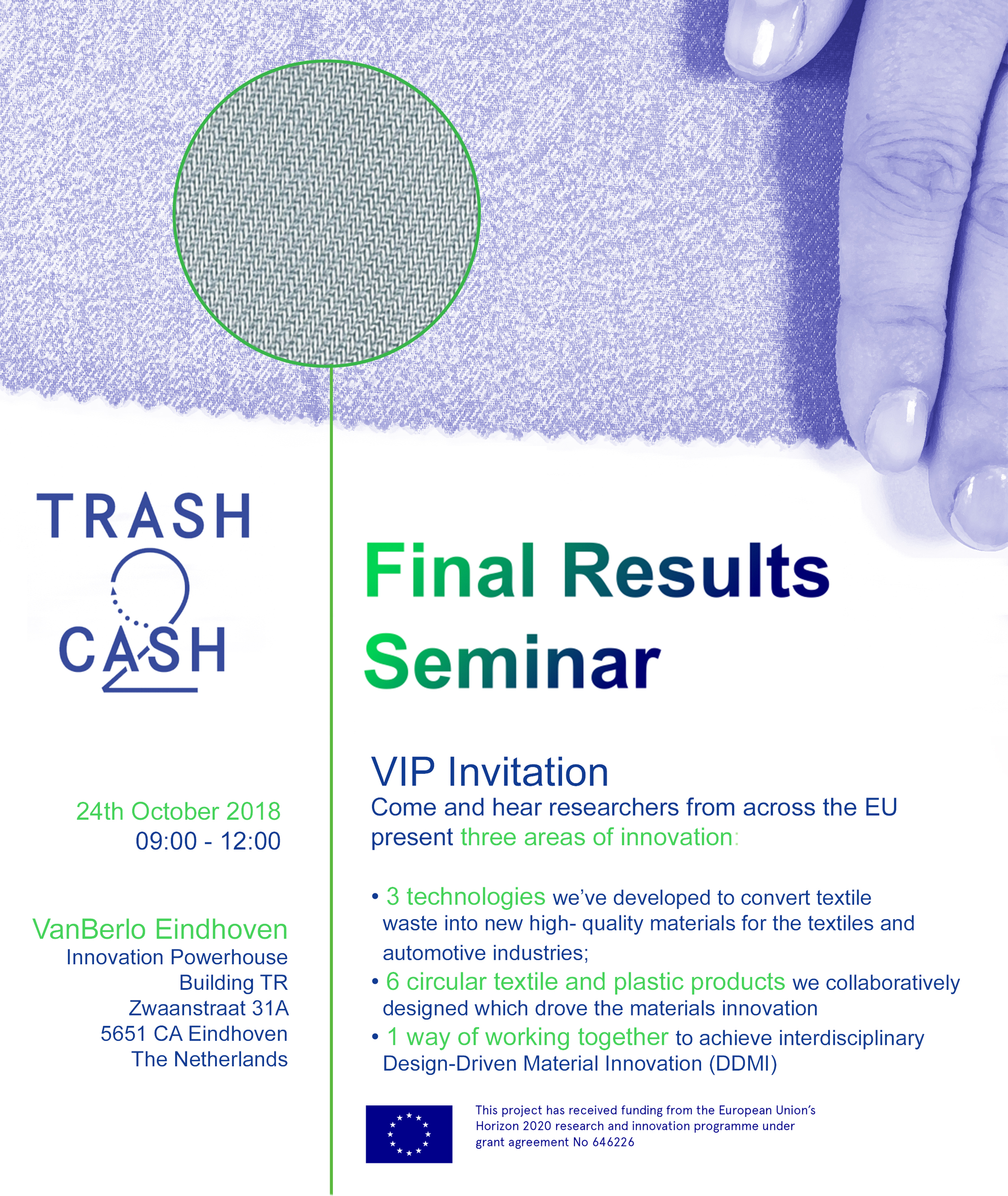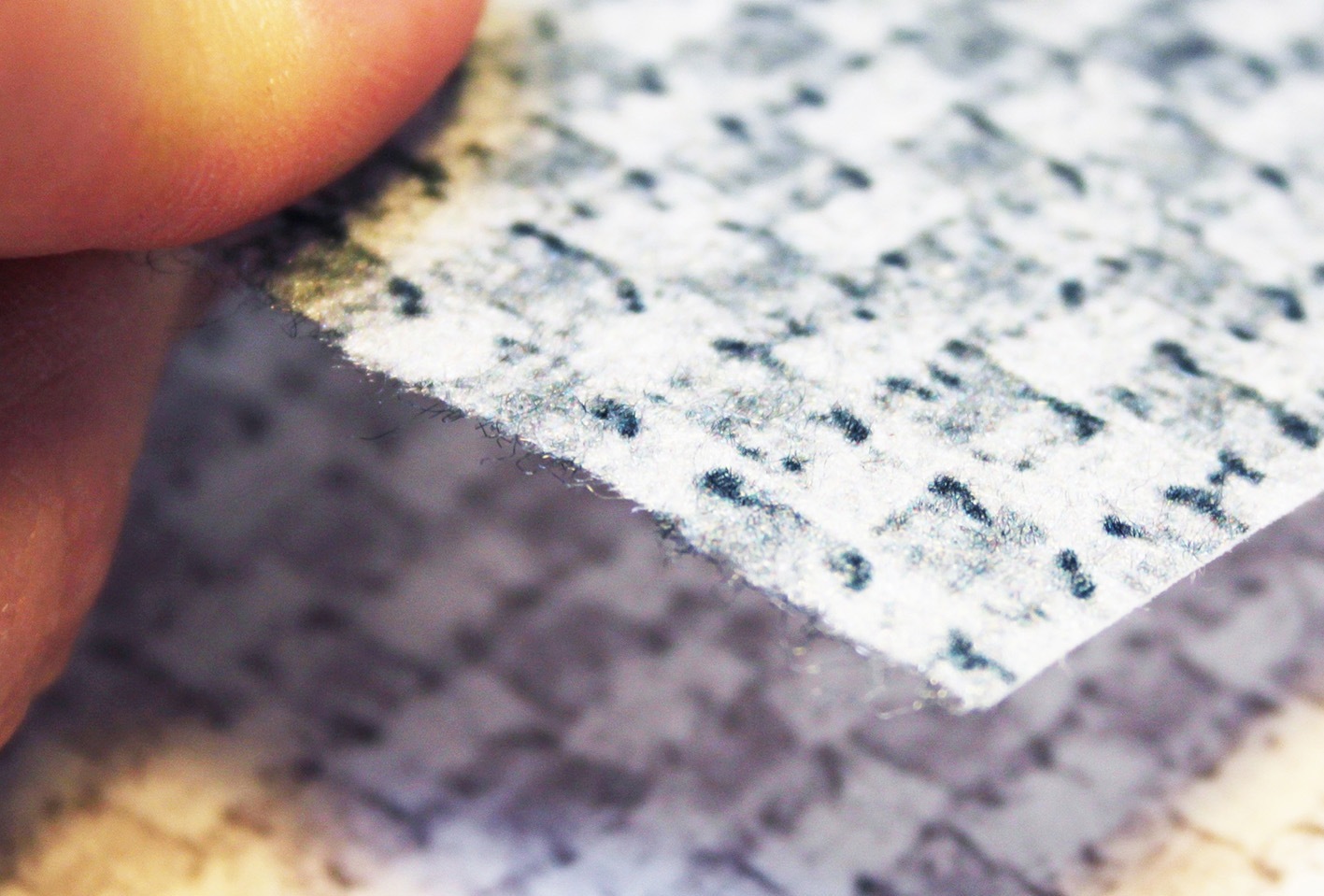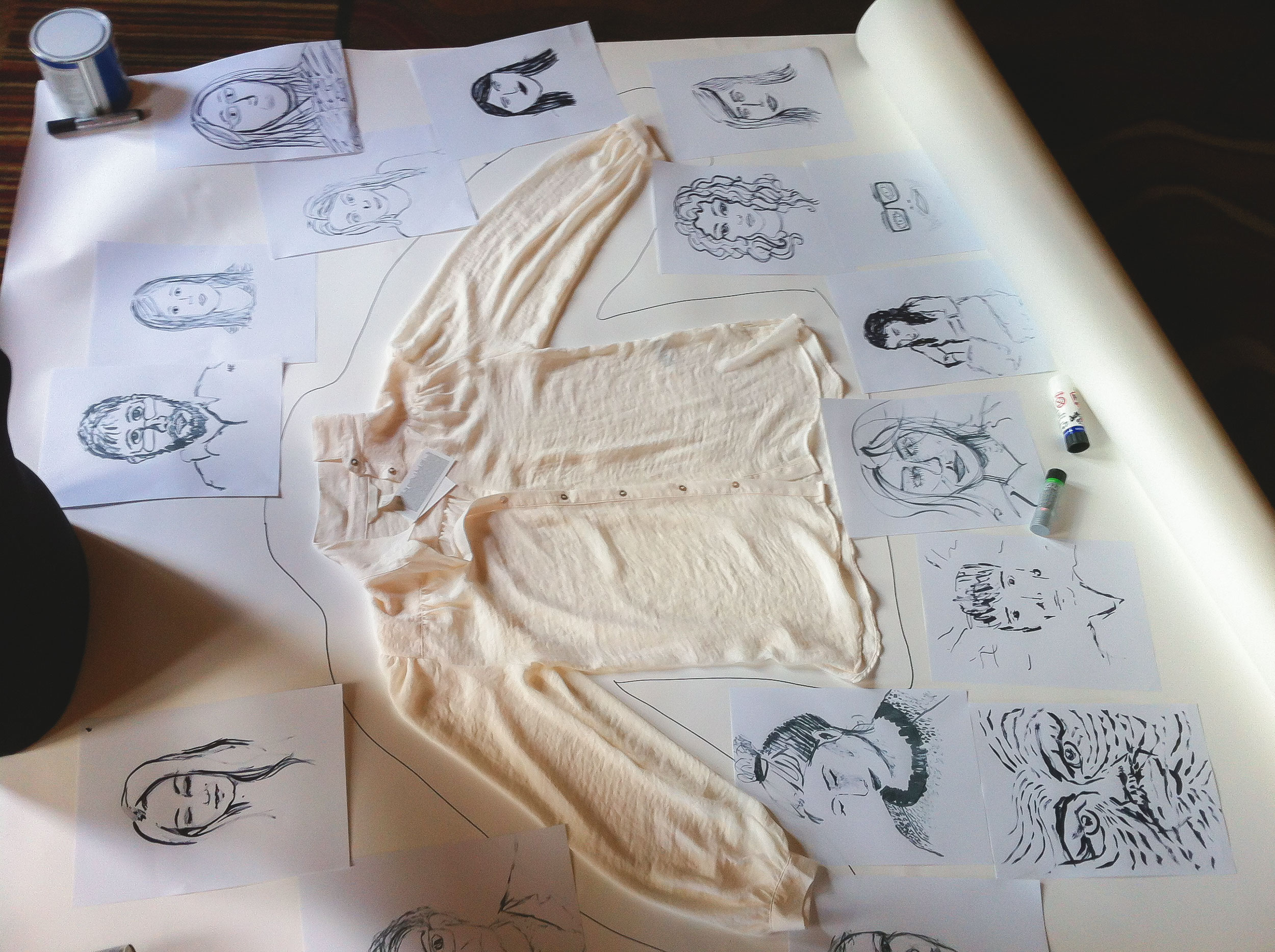The White Paper is now available to download from the publications page. It offers a unique and in-depth summary of the methods developed for this Design-Driven Material Innovation project. It maps and highlights the new knowledge that was created through these methods, enabling others to understand how and when to best use each aspect of this broad toolbox.
The paper describes how the Trash-2-Cash (T2C) project was formulated and developed using a design-driven process, to achieve material innovation in a specific context; taking into account specific processing technologies, disciplines and competencies. It focuses on how the interdisciplinary and knowledge-sharing approach was mediated by design, involving the implementation of an experimental and exploratory applied methodology. The main aim of the applied methodology was to integrate design inputs - fed by life cycle, consumer behaviour and manufacturing expertise - into materials R&D in order to contribute towards closing a specific innovation cycle.
A group of facilitators and design researchers (the “Methodology Team”) supported the development of the interdisciplinary process, and the contents of this report represent the perspective of the facilitators. The whole process has been observed, monitored and studied in order to elicit some final recommendations for future Design-Driven Material Innovation (DDMI) initiatives. A summary of these recommendations is presented in this paper.
The first part of this paper introduces the T2C project and the DDMI methodology, both in relation with the project and as a general concept. A final process scheme completes this part, representing a generalisation and conceptualisation of what occurred during the whole DDMI process. Twelve interdisciplinary workshops have been a key asset to set up and develop the interdisciplinary dialogue and knowledge-sharing among the different competencies involved in T2C project; they have been crucial for the development and implementation of the applied DDMI methodology. The relevance of the workshops is such that most of this white paper is dedicated to the description of what happened during these meetings, how they have been designed, and what tools have been used.
The conclusive third part of the report presents the final recommendations: the DDMI Recommendations Map comprising 32 core recommendations derived from the research as a whole, relating to four themes: Project, Knowledge & Information, People & Roles and Tools. These are mapped to the general T2C process scheme. The circularity and Life Cycle Thinking represent the other body of knowledge related to the DDMI process in T2C, included in the third part the main findings.
The authors tried to generalise and conceptualise the information contained in this white paper in order to provide useful information, inputs, and insights to organisations and professionals interested in replicating the methodology in other fields, industries, technology fields, beyond those explored in theT2C project. It is also hoped that other researchers can adapt this knowledge to the circumstances and context of the projects they are planning or working on.
Christian Tubito, Material Connexion Italia, 25 February 2019
